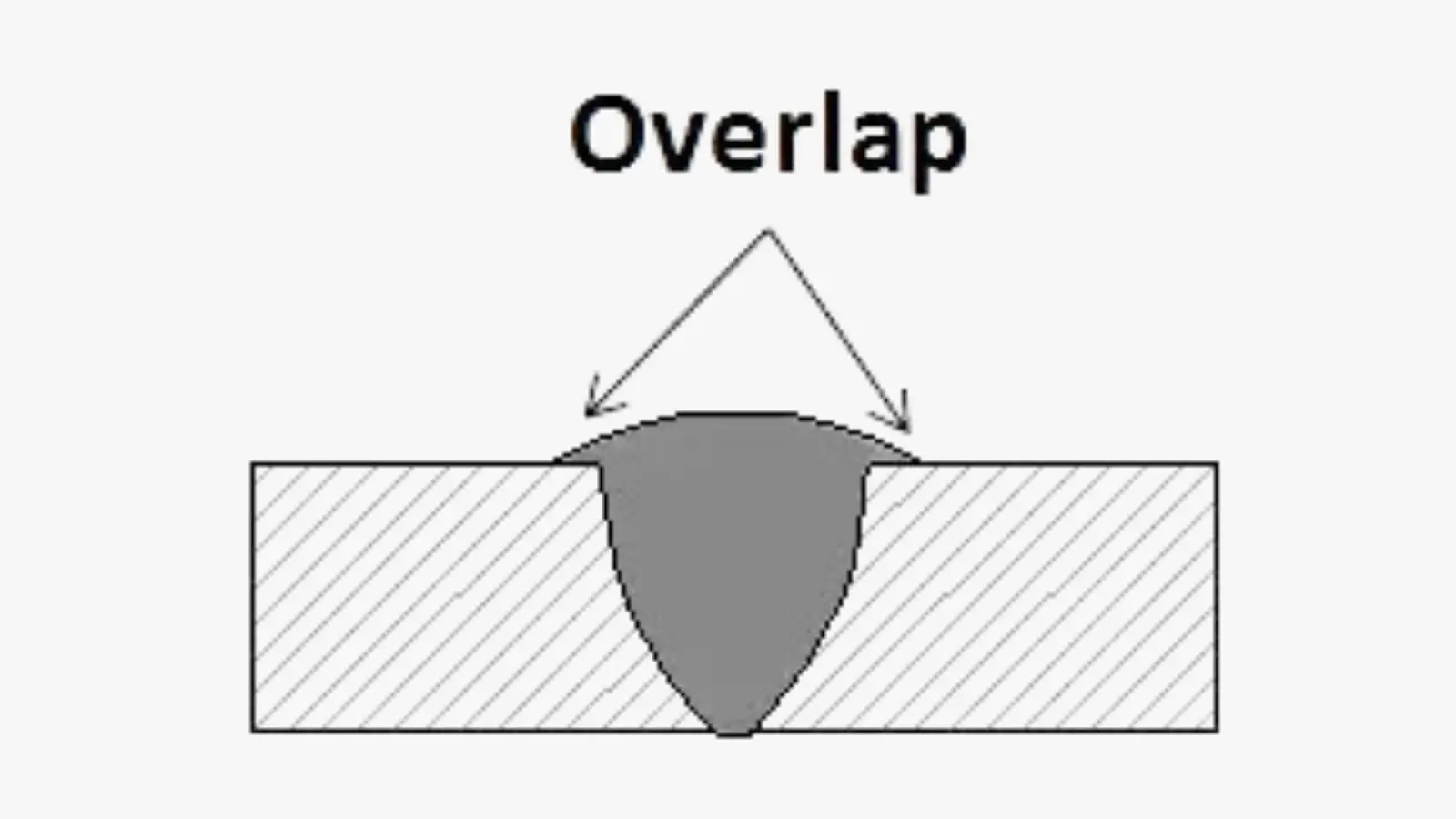Professional Strategies for Preventing Weld Undercut Effectively
Professional Strategies for Preventing Weld Undercut Effectively
Blog Article
Grasping the Art of Welding: Just How to Stay Clear Of Undercut Welding Issues for Flawless Fabrication Outcomes
By recognizing the root causes of undercut welding and applying efficient techniques to avoid it, welders can boost their craft to new levels of excellence. In the search of flawless manufacture results, mastering the art of welding to avoid undercut problems is not simply a skill yet a need for those striving for perfection in their work.
Recognizing Undercut Welding

To prevent undercut welding, welders must make certain proper welding parameters, such as changing the present, voltage, travel rate, and keeping the right electrode angle. By recognizing the causes of undercut welding and applying precautionary steps, welders can achieve high-quality, structurally audio welds.
Sources Of Undercut in Welding
Comprehending the variables that add to damage in welding is necessary for welders to create top notch, structurally sound welds. Inadequate welding incorrect or current welding rate can likewise contribute to undercut. Recognizing these causes and executing appropriate welding strategies can help protect against undercutting problems, guaranteeing resilient and strong welds.
Methods to avoid Undercutting

To alleviate the risk of undercutting in welding, welders can utilize tactical welding strategies aimed at boosting the high quality and stability of the weld joints. Additionally, utilizing the appropriate welding strategy for the particular joint setup, such as weave or stringer grains, can contribute to lowering undercutting.
Utilizing back-step welding techniques and regulating the weld bead profile can also aid distribute heat equally and decrease the threat of undercut. Routine assessment of the weld joint throughout and after welding, as well as executing top quality guarantee procedures, can aid in resolving and finding damaging problems immediately.
Relevance of Correct Welding Specifications
Choosing and maintaining suitable welding parameters is necessary for achieving effective welds with minimal defects. Welding specifications refer to variables such as voltage, present, travel speed, electrode angle, and protecting gas flow rate that directly impact the welding process. These parameters should be carefully readjusted based upon the type of material being welded, its thickness, and the welding strategy used.
Proper welding specifications make sure the correct amount of warmth is put on thaw the base metals and filler product uniformly. If the specifications are set too high, it can click here for more lead to excessive warmth input, causing spatter, distortion, or burn-through. On the various other hand, if the criteria are too low, insufficient combination, absence of penetration, or undercutting may occur.
Quality Control in Welding Operations

Verdict
To conclude, mastering the art of welding calls for a complete understanding of undercut welding, its causes, and methods to stop it. By ensuring proper welding parameters and executing top quality guarantee techniques, flawless manufacture outcomes can be accomplished. It is vital for welders to regularly make every effort for excellence in their welding procedures to avoid undercut concerns and produce high-grade welds.
Undercut welding, a common problem in welding processes, takes place when the weld steel does not properly fill up the groove and leaves a groove or anxiety along the welded joint.To avoid undercut welding, welders need to make sure proper welding specifications, such as changing the present, voltage, traveling speed, and maintaining the appropriate electrode angle. Inadequate welding wrong or present welding rate can likewise add to undercut.To mitigate the danger of damaging in welding, welders can employ calculated welding methods intended at boosting the high quality and stability of the weld joints.In verdict, understanding the art of welding requires a detailed understanding of undercut news welding, its causes, and methods to prevent it.
Report this page